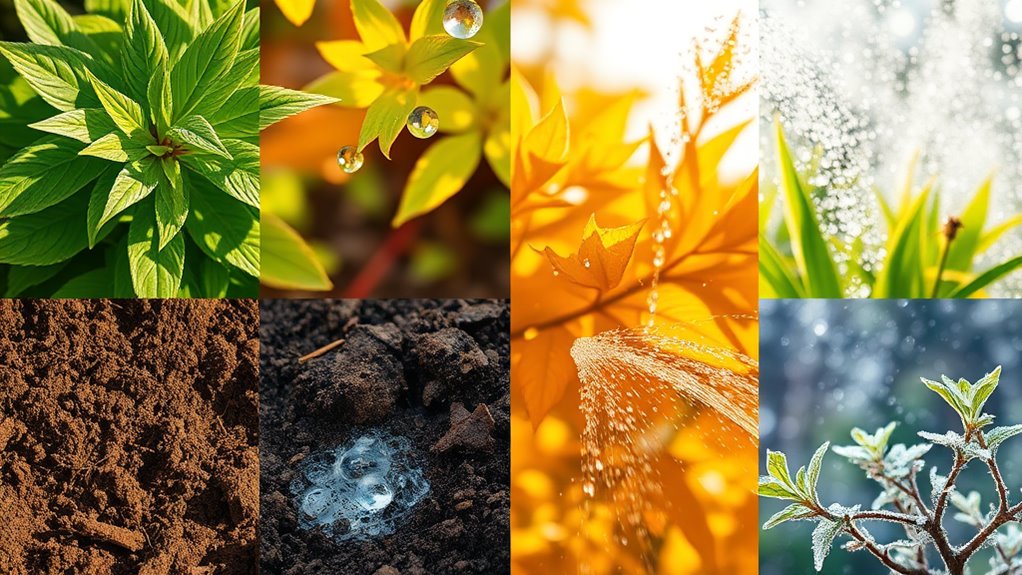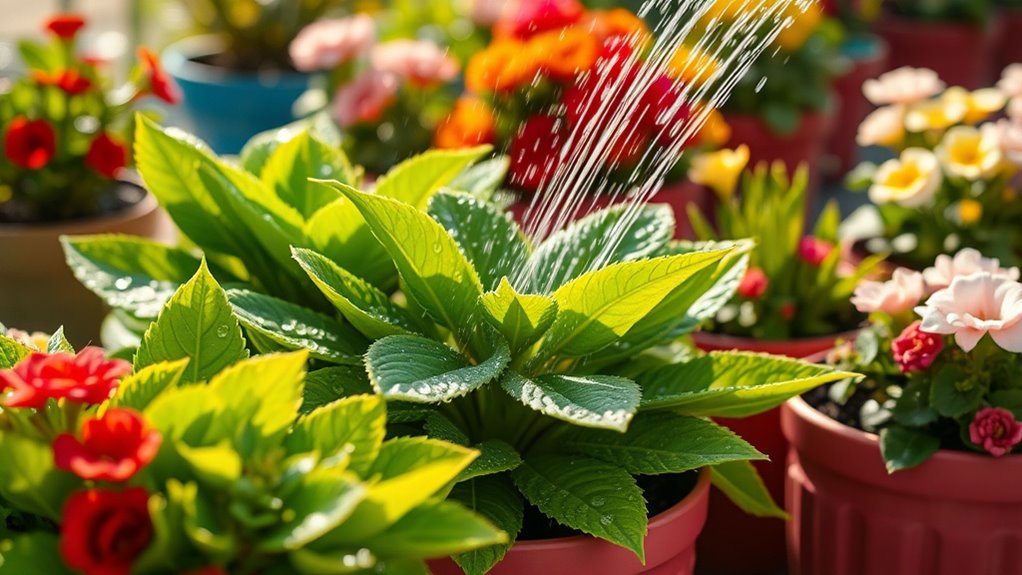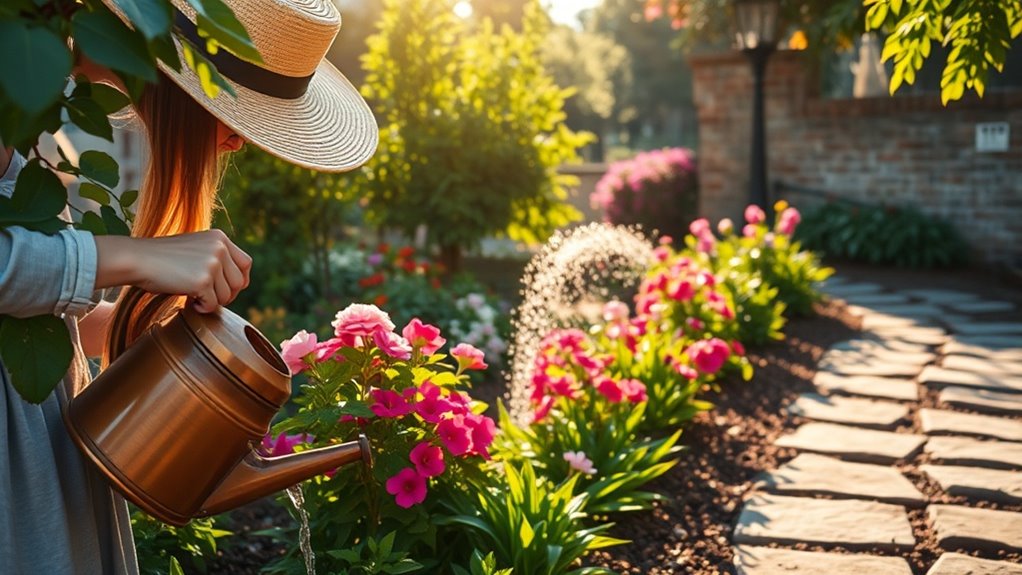I Water Differently Each Season-And My Plants Love It
If you’ve ever noticed your plants thriving with just the right amount of moisture, it’s likely due to understanding their seasonal needs. Each season presents unique challenges and opportunities for growth. As you adjust your watering habits, you might discover a rhythm that enhances their resilience and vitality. But how exactly do these changes influence your plants’ health throughout the year? Let’s explore the nuances of seasonal watering to uncover the best practices for thriving indoor and outdoor greenery.
Understanding Seasonal Plant Needs
As seasons change, so do the watering needs of your plants, which means understanding these shifts is crucial for their health. During summer’s heat, plants often demand more water, while in winter, they require much less. Additionally, optimal watering times can enhance plant health, making it important to water early in the morning or late in the afternoon.
Spring: The Awakening and Increased Moisture
When spring arrives, your garden comes alive with renewed vigor, and so do the watering needs of your plants.
As the soil warms, you should consider:
- Increasing watering frequency
- Monitoring rainfall to adjust your schedule
- Ensuring proper drainage to prevent waterlogging
- Using mulch to retain moisture
In this season of growth, the ideal watering schedule is crucial for supporting healthy plant development.
Summer: Navigating Heat and Humidity
While summer’s heat can stress your plants, understanding their water needs can help them thrive despite the sweltering days.
Focus on watering early in the morning or late in the evening to reduce evaporation. Adjust your strategy based on humidity levels; more humid days mean plants may need less water.
Always check the soil moisture, prioritizing deep, infrequent watering for strong roots. Additionally, seasonal watering adjustments can significantly enhance your plants’ resilience against heat stress.
Fall: Preparing for Dormancy
With summer’s heat giving way to cooler temperatures, your plants shift gears as they prepare for dormancy.
To ensure a smooth transition, adjust your watering habits:
- Reduce frequency to prevent root rot
- Water deeply to encourage strong roots
- Monitor soil moisture levels closely
- Prepare for potential frost
These steps help your plants conserve energy and thrive through the winter months ahead. Additionally, be mindful of the risks of overwatering plants, as excess moisture can lead to detrimental root issues.
Winter: Watering Less for Plant Survival
As temperatures drop and daylight wanes, understanding how to water your plants during winter becomes crucial for their survival. You’ll want to reduce watering to prevent over-saturation. Here’s a quick look at how winter conditions affect watering needs:
| Condition | Watering Frequency |
|---|---|
| Low Humidity | Every 2-3 weeks |
| Frost Risk | Once a month |
| Indoor Heating | Weekly check |
| Dormant Plants | Minimal moisture |
| Soil Type | Check moisture level |





